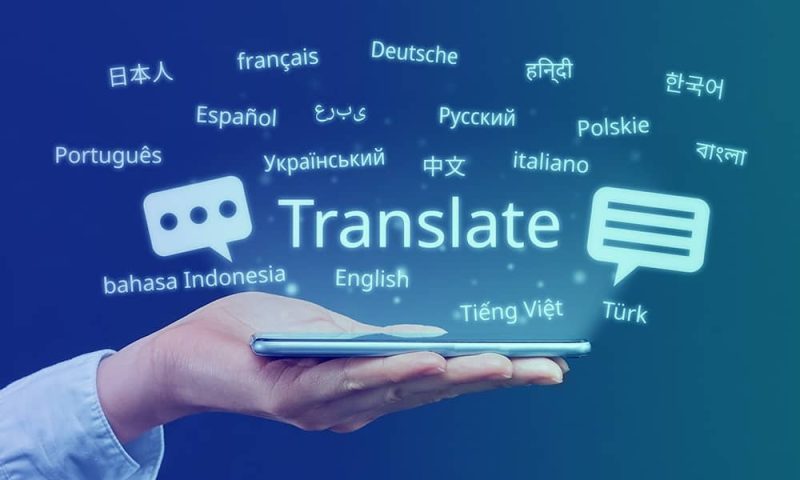NLP Data Loaders for Better Translations
NLP Data Loaders streamline tasks like tokenization and padding, making them useful for language translation. They manage diverse sequences, ensuring balanced batching and optimized GPU usage for faster model training. With built-in shuffling, they prevent models from memorizing input order, improving generalization. By integrating preprocessing steps seamlessly, Data Loaders transform raw text into model-ready formats, enabling scalable, efficient pipelines for building robust AI translation systems that handle large multilingual datasets effectively.

Language
- English
Topic
- Data Science
Skills You Will Learn
- NLP, Python, Machine Learning, Data Analysis, Data Science
Offered By
- IBMSkillsNetwork
Estimated Effort
- 50 minutes
Platform
- SkillsNetwork
Last Update
- November 22, 2025
Shuffling is another critical NLP Data Loader feature. It prevents models from memorizing the sequence of input data and promoting better generalization. Especially in NLP, where data can be ordered by topics, shuffling ensures robustness and eliminates biases.
Preprocessing tasks such as tokenization, padding, and numericalization are seamlessly integrated into the PyTorch Data Loader pipeline. This ensures raw text is transformed efficiently into a format ready for deep learning, streamlining the entire data preparation process.
What you'll learn
- Learn how NLP Data Loaders efficiently manage large, variable-length datasets for language translation tasks.
- Gain hands-on experience in integrating tokenization, padding, and numericalization into data loader workflows.
- Gain hands-on experience with real-world translation tasks such as Spanish-to-English conversion.
What you'll need

Language
- English
Topic
- Data Science
Skills You Will Learn
- NLP, Python, Machine Learning, Data Analysis, Data Science
Offered By
- IBMSkillsNetwork
Estimated Effort
- 50 minutes
Platform
- SkillsNetwork
Last Update
- November 22, 2025
Instructors
Jigisha Barbhaya
Data Scientist
I am a Data scientist at IBM and Lead instructor at Skills network. I love to learn and educate. I have completed my MSc(Computer Application) specialisation in Data science from Symbiosis University.
Read moreRoodra Kanwar
Data Scientist at IBM
I am a data scientist by day, superhero by night. Psych! I wish I was that cool. Only the former part is true which is still pretty cool! I believe in constant learning and it is an essential part of being a productive data enthusiast. I am also pursuing my masters in computer science from Simon Fraser University specializing in Big Data. Moreover, knowledge is transfer learning (pun intended!) and what I have gained, I plan on reflecting it back to the data community.
Read moreJoseph Santarcangelo
Senior Data Scientist at IBM
Joseph has a Ph.D. in Electrical Engineering, his research focused on using machine learning, signal processing, and computer vision to determine how videos impact human cognition. Joseph has been working for IBM since he completed his PhD.
Read more